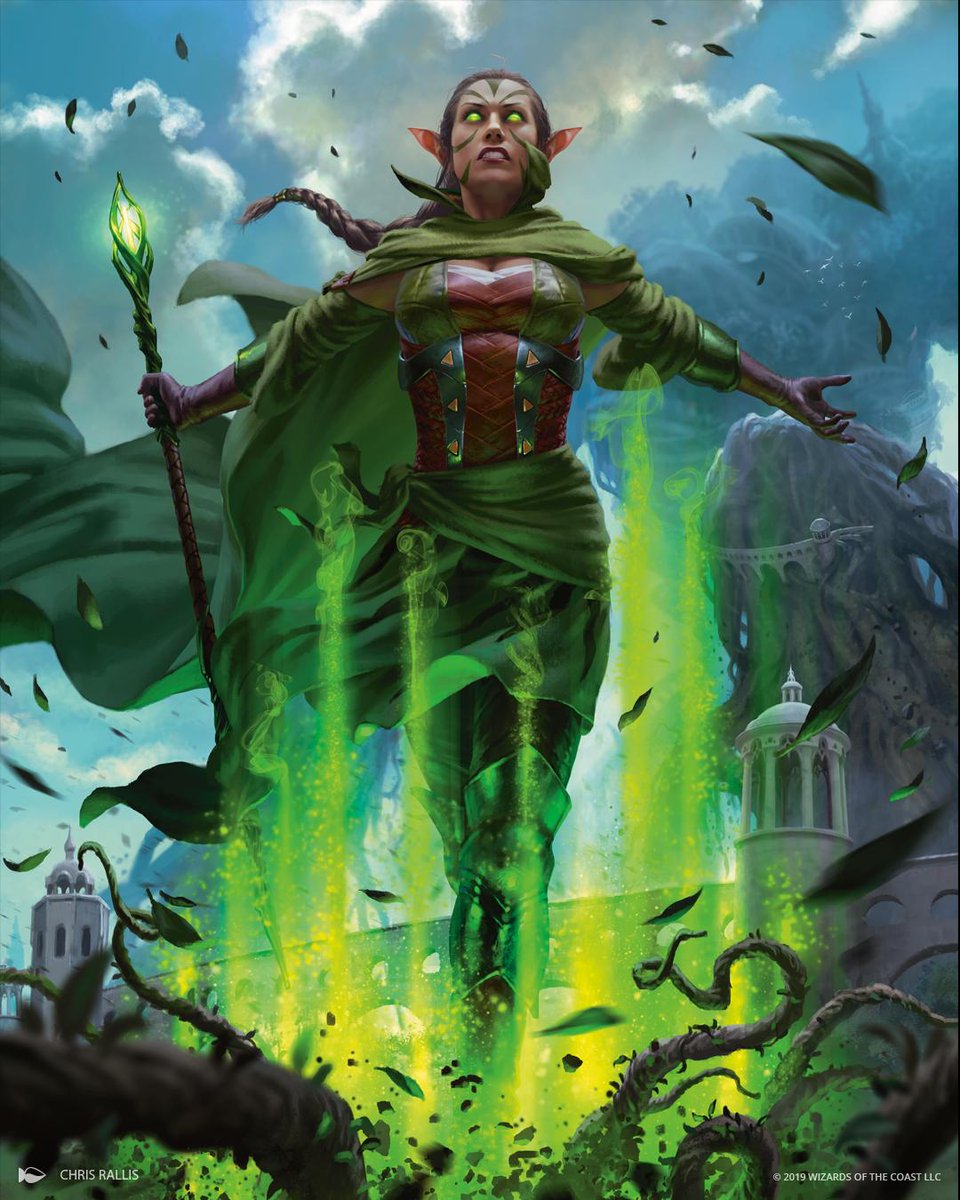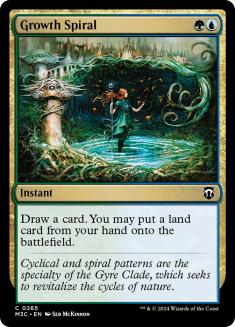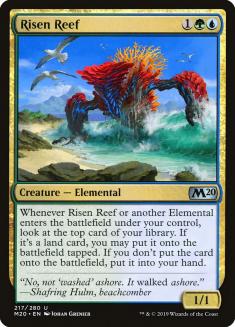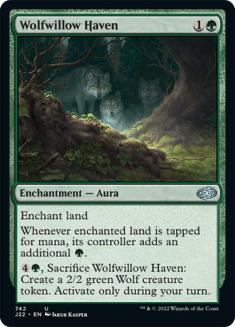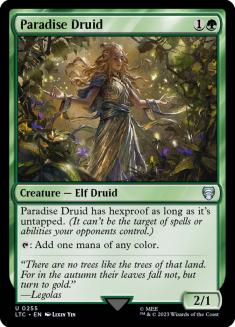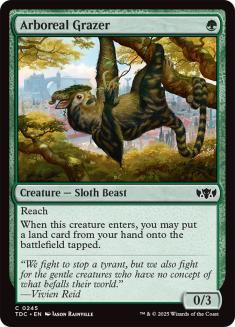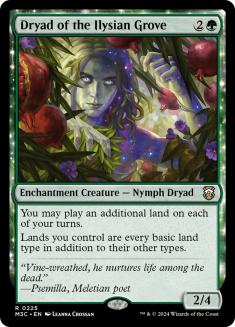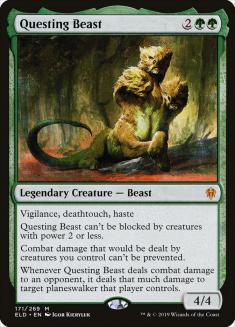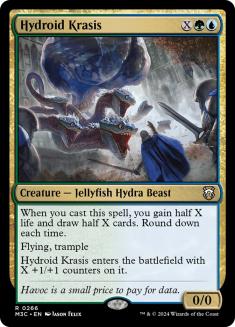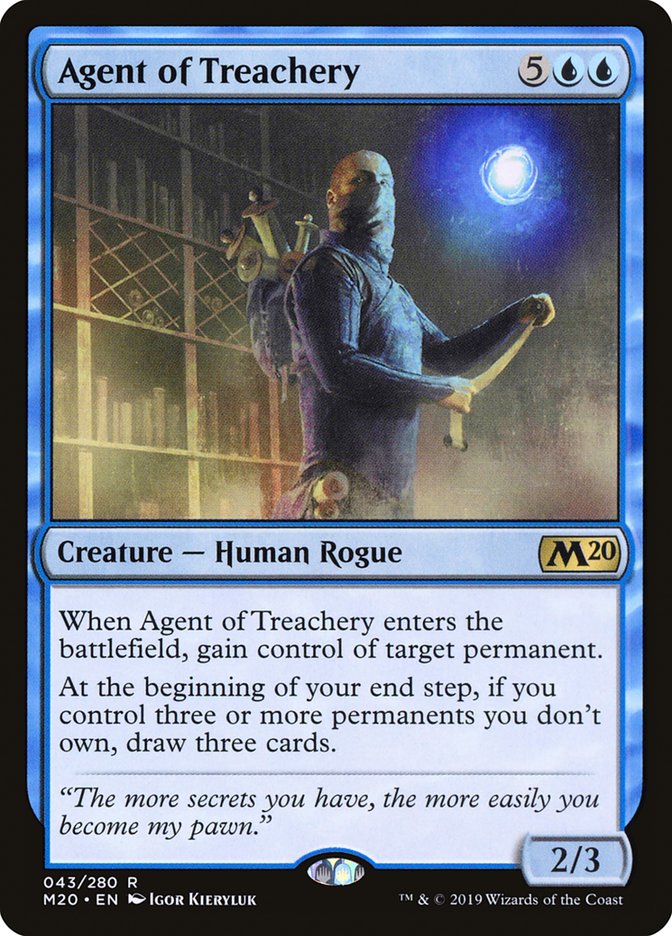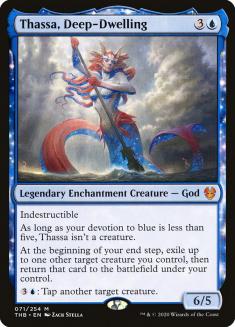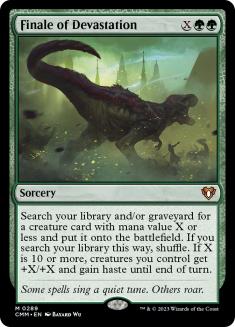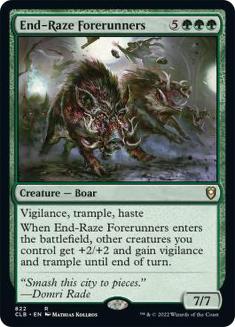Week 1 of Theros Beyond Death Standard is in the books, and the seeds of a metagame have been planted. I don’t expect the seeds to fully blossom until we’ve gathered some more information at SCG Richmond, but there’s no question the top tier is coming into focus. I believe Brad Nelson article was spot on in identifying Standard’s Top 3.
Simic Ramp, Azorius Control, and Mono-Red Aggro are the Standard decks to beat in Richmond this weekend. Armed with that knowledge, the tuning process can begin. After a rough few months, it feels like options and churn are again poised to dictate success in the format. All top decks, especially these three, have options up and down the curve that can dramatically alter their matchup win-rates. This makes the road map to Standard success clear.
- Step 1: Understand the options available within your chosen archetype and how they affect your matchup win-rates.
- Step 2: Estimate the winners metagame.
- Step 3: Adjust your deck appropriately.
Obviously, this is easier said than done when your opponents are attempting to do the same. You’ve also got to account for flawed assumptions, information cascades, card availability, and a hundred other minute factors that will complicate your task. Magic is a tough game. I’ll do what I can to make things a little easier on you. Let’s talk about option packages in Simic Ramp and how they affect matchups.
Ramp
It’s nice to have some anchors. Max both cards in every ramp deck. Growth Spiral is just the most efficient at what it does, and Nissa is somehow your best offensive, defensive, and ramp spell, a truly absurd Magic card and one of the best reasons to be playing Simic Ramp.
Uro was probably the single most hyped card during preview season, an insane combination of repeatable abilities in what was already one the most powerful strategies. We expected it to slot comfortably in every ramp deck. And it does. Kind of. But it’s bringing Cavalier of Thorns along with it. This is mostly a good thing. I’ve been high on Cavalier of Thorns since it was preordering at bulk mythic prices, so it doesn’t surprise me at all to see it become a critical part of the format. Its presence does cause some reasonable decision cascades, though, and Cavalier was almost certainly responsible for the default form of ramp in Week 1.
Elementals beget more Elementals, and before you know it, your deck is loaded with vulnerable high-variance 1/1s. Look, it’s not that Risen Reef is a bad card. It’s just that we’ve been through this at the start of a format before. If opponents let you do your thing unchecked, as they often do early in formats, no ramp spell snowballs a game harder than Risen Reef. Add in Thassa, Deep-Dwelling and Week 1 ramp decks were making some meme-worthy battlefields very early in games.
The first adjustments did not take long, though, and Shatter the Sky quickly established itself as a metagame pillar. It was soon after joined by Mono-Red’s Shocks, and the format proved itself hostile to a creature-based ramp strategy. Elementals will always reign as the royals of midrange. When the format floats back in that direction, this package will shine. Now, I’m looking for a bit more resiliency in my core ramp package.
A late reveal in preview season, Wolfwillow Haven mostly went under the radar. It really should not have. Two-mana, unconditional, noncreature ramp is a true rarity in Standard these days. Wolfwillow Haven is not only that, as there are also some meaningful synergies tacked onto the card. It represents an extra mana from a Nissa untap and can still create a body for a Finale of Devastation-fueled endgame. The prevalence of white sweepers and the vulnerability of the other options really has me high on Wolfwillow Haven at this moment.
The omnipresence of Cavalier of Thorns does a lot to doom Paradise Druid. Once you’re considering creature two-mana plays, you may as well complete your Elementals package. This could change if Simic Ramp starts leaning into its capability to create incidental clocks, as I discuss below. It does seem that a small-ball approach like Paradise Druid is the wrong way to go about this plan though. Basically, the metagame would have to undergo a dramatic shift with a far greater emphasis on spot removal before I’d trick myself into Paradise Druid in pure Simic Ramp.
There were points where I was comfortable completely ignoring the one-mana spot on my curve. With the rise of Mono-Red Aggro, I no longer feel that way. The question then becomes which ramp spell is better. I want to put forth an answer for the sake of completeness, but the truth is, I just don’t know.
Gilded Goose is likely better when you decide you want greater numbers of one-drops, since additional copies of Arboreal Grazer tend to have diminishing returns. However, Goose is vulnerable to Shock and can die before ramping or getting a block in. Arboreal Grazer should almost always get to do both against Mono-Red Aggro. Gilded Goose does open up the possibility of playing Wicked Wolf in sideboards, which could prove to be an important tool for the removal light Simic strategies.
In my eyes, the matchups where one outshines the other are a bit nebulous. Your decision probably has more to do with the rest of your build than metagame considerations. Thassa-based builds are somewhat pushed towards Gilded Goose, and reduced numbers of Hydroid Krasis further incentivize a Goose-based approach, as extra lands will be rare in the late-game.
This is a card that I have rarely seen in Simic Ramp, but it could play well in builds that entirely skip the Elementals package. Something with a much greater ability to draw additional cards could leverage the persistent additional land drops provided by Dryad. The following is untested but strikes me as theoretically promising.
Creatures (14)
- 4 Hydroid Krasis
- 1 End-Raze Forerunners
- 4 Arboreal Grazer
- 1 Agent of Treachery
- 4 Dryad of the Ilysian Grove
Planeswalkers (4)
Lands (27)
Spells (15)

Additional Midrange Options
One of the bizarre features of the current Simic Ramp decks is how well they generate almost incidental offense. Cavalier of Thorns, Uro, and Nissa all bring a large battlefield presence alongside their mana benefit. Because of this, it takes only a small push to create some real easy aggressive games for the archetype.
My good friend Yoman5 was the first person I saw suggest Questing Beast in a ramp list. I have a ton of respect for Yoman as a deckbuilder, even though he and I tend to build decks in very different ways. My approach tends to lean towards maximization of a single linear gameplan, whereas Yoman is very adept at understanding where strategic pivots are both low-cost and extremely impactful. Questing Beast is a great example of such a pivot.
While Simic’s huge payoffs mostly start at the five-mana slot with Nissa and Cavalier, the deck is best at producing four mana on Turn 3 by virtue of a minimum of eight two-mana accelerants. Despite this, a large percentage of ramp decks have been skipping four-mana plays entirely. Questing Beast is a strong defensive play against Mono-Red Aggro and pressures the planeswalkers of Azorius Control through Walls from The Birth of Meletis. The later point has become more important as Elspeth Conquers Death brings Narset, Parter of Veils back into the metagame. I’ve been impressed with Questing Beast, and given the present metagame, it deserves far more play than it is currently seeing.
End-Game
The cleanest and most traditional ramp end-game is just the textbook large Hydroid Krasis. Its ability to exist at all points in the curve means that its inclusion in your deck costs you the least. It plays through countermagic successfully (though don’t forget about Whirlwind Denial) and even pads your life total. Open and shut case, right?
If only ramp players would agree to a truce, this might hold against the rest of the format. The problem is that the moment ramp players look at other win conditions, an arms race is triggered. A player relying on only Hydroid Krasis would be at a huge disadvantage in any mirror where an opponent took it only a single step further. The reappearance of Narset also hurts Krasis’s case. As such, Krasis-only endgames are basically nonexistent now. If ramp all but disappears from the metagame, maybe this will become an option again.
Before the preview season was even finished, I mused about an Agent of Treachery end-game that just might go larger than anything else in the format. For the most part, this checked out, and my Twitter feed was full of folks thanking me for an easy path to Mythic on the back of my four Agent of Treachery ramp list. I still believe this gameplan to be the largest thing you can do in the format, and if the metagame is not specifically challenging ramp, a build like this is incredible.
The problem lies in its fragility against the other top decks. Once you’re playing Thassa, you are priced into playing Risen Reef, and the card begets Leafkin Druid, and before you know it your ramp is almost entirely vulnerable to both red removal and white sweepers. Add in the fact that Thassa and Agent of Treachery squeeze out space for Hydroid Krasis, and now you have few meaningful lifegain options and little resiliency in the face of countermagic.
Seven-mana Agent of Treachery is not my favorite play in a world of Absorb. Agent and Thassa were the perfect combination as people found their footing in the first days of Theros Beyond Death Standard. The most powerful thing possible usually is. However, once appropriate respect has been shown, a more tempered approach makes sense.
Finale of Devastation makes a bevy of cards in the maindeck better by creating additional virtual copies. It does this while providing an undeniable knockout punch against anyone who thinks they can turtle up. Finale of Devastation endgames don’t feel like they have any pronounced weakness to me, but they aren’t great at targeting a specific metagame. In the absence of very pronounced trends, this likely remains the default. There’s nothing wrong with taking the safe option.
To conclude, there are two builds of ramp I would consider for the Standard seat at SCG Richmond.
Creatures (18)
- 4 Hydroid Krasis
- 1 End-Raze Forerunners
- 1 Agent of Treachery
- 4 Cavalier of Thorns
- 3 Gilded Goose
- 2 Questing Beast
- 3 Uro, Titan of Nature's Wrath
Planeswalkers (4)
Lands (28)
Spells (10)
Sideboard

Creatures (24)
- 1 Hydroid Krasis
- 4 Risen Reef
- 4 Agent of Treachery
- 4 Leafkin Druid
- 4 Cavalier of Thorns
- 2 Gilded Goose
- 2 Thassa, Deep-Dwelling
- 3 Uro, Titan of Nature's Wrath
Planeswalkers (4)
Lands (28)
Spells (4)
Sideboard

While I would love to max Agent of Treachery and punish my opponents who are still trying new things in the nascent days of a new format, I expect SCG Richmond to be a coming-out party for Mono-Red Aggro. Therefore, I’m leaning towards the more creature light approach. A lot can change in a week though. No matter what happens, I’m confident Simic Ramp has the tools to adapt. I’ll be there at SCG Richmond to see if the Standard players are up to the challenge.

